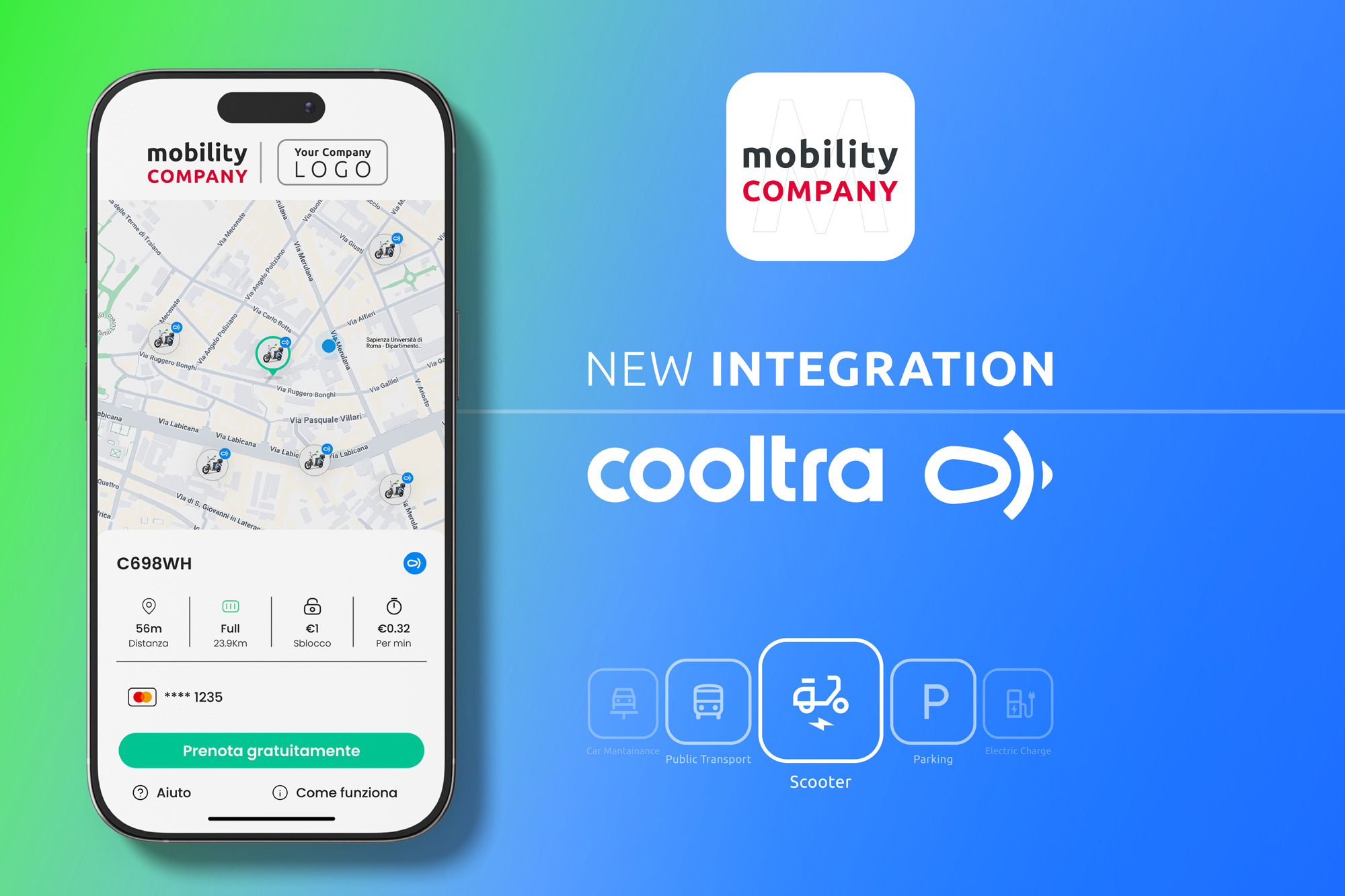Japanese trains are famous for cleanliness and punctuality. If a bullet train is five minutes late, it’s national news. Railway companies also operate large station shopping complexes and have played a major role in the growth of Japanese cities. But their bottom line is overshadowed by shrinking ridership due to the declining population. To compensate, they’re trying to address passenger concerns about the coronavirus while making it easier for tourists, women and elderly people to get around. That’s where a uniquely Japanese effort to promote mobility as a service (MaaS) comes in.
Made-in-Japan mobility
MaaS is sometimes thought of as on-demand transport such as ride-hailing services or vehicle sharing, but it’s more than that. According to Japan’s Ministry of Land, Infrastructure, Transport and Tourism, MaaS is a system of search, reservation, payment, etc. that optimally combines multiple public transportation and other travel services in response to the travel needs of each local resident or traveler on a trip-by-trip basis. It is an important means that contributes to improving the convenience of travel and solving local issues by coordinating with non-transport services at destinations such as tourism and medical care.
The ministry is promoting MaaS, leveraging Japan’s transportation expertise, including the ability to move millions of people every day around large cities like Tokyo quickly, efficiently and on time, to further improve mobility in Japan. Public and private interest in MaaS in Japan has sparked expectations of major growth: in 2019, Yano Research Institute forecast the domestic MaaS market will hit 6.3 trillion yen ($61 billion) in 2030, up from 84.5 billion yen ($813 million) in 2018 and growing 44.1% annually from 2016.
In 2019, the Japanese government began to work on MaaS policies in earnest. They emphasize the need for data sharing to build standardized MaaS rules and platforms. They also stress the need to realize efficient mobility services by connecting a variety of mobility mode and infrastructure data, wider implementation of cashless payments and subscriptions with destination service-related data. In addition, they focus on new services provided by new types of vehicles. These include AI-equipped vehicles for on-demand transportation, electric small mobility vehicles, and self-driving mobility services. Japan is using this approach to cultivate its own spin on the concept, known as Japan MaaS.
“Japan differs from the West in that its public transit systems are predominantly run by the private sector,” says Tsuchida Hiromichi, director of the ministry’s Mobility Service Promotion Division. “This means different players can work together to make MaaS as efficient as possible.”
In a regional approach to promoting MaaS, the ministry is working with local governments and private-sector companies. The aim is both to improve transportation options for local residents, especially elderly people in rural areas, and to make it easier for foreign visitors to get around to parts of the country that are off the beaten path for travelers.
MaaS is already taking root in different regions of Japan, says Tsuchida. In Fukuoka City and Kitakyushu City, Toyota Motor and Nishi-Nippon Railroad (Nishitetsu) launched a multi-modal smartphone mobility service called “my route” that lets users plan an outing by inputting a destination and then selecting from different routes and means of travel, including walking, buses, trains and taxis. The app has payment services as well as destination information such as restaurants and cafes. It entered full service last year, and joins a nascent MaaS infrastructure in Japan including popular apps that help commuters navigate complex transit networks in big cities.
“Japan has many transportation players, with competition resulting in better services,” says Tsuchida. “That’s why transportation in Japan is punctual and safe and has broad coverage. Each of these aspects is sophisticated in and of itself but by combining them, MaaS in Japan has great potential.”
Creating a MaaS market
Hidaka Yosuke worked as a train driver, conductor and maintenance specialist for 12 years before he decided to become an entrepreneur by setting up his own company dedicated to rethinking transportation. Established in 2018, MaaS Tech Japan creates solutions that maximize the value of MaaS for companies and governments. It compiles big data on transport and payments and develops white label apps for MaaS.
“As a train driver, I worked in rural areas with many old people facing mobility challenges,” says Hidaka, who drove trains on the 575-km Tohoku Main Line and other JR East lines before becoming CEO of MaaS Tech Japan. “I became convinced that the rapidly aging society is not a problem that one company alone can solve.”
MaaS Tech Japan is a data integrator collaborating with transportation players to provide mobility solutions. It works with private companies and local governments including the prefectures of Tokyo and Hiroshima as well as Kamishihoro Town, Hokkaido and Kaga City, Ishikawa. It combines various kinds of data related to hundreds of providers such as rail and taxi operators, and conducts simulations on passenger flows to show clients how their transportation needs can best be served.
For instance, it has cooperated with the Tokyo Metropolitan Government to suggest ways of easing congestion on mass transit systems to mitigate spread of the coronavirus. It has also proposed ways in which Kaga City can use mobility solutions to help elderly people get around and to help tourists discover lesser-known attractions such as its hot springs. Aside from local governments, MaaS Tech Japan is partnering with the state-backed New Energy and Industrial Technology Development Organization (NEDO), Microsoft Japan, Tokio Marine Nichido and other players eager to promote MaaS.
The startup is also looking to incorporate MaaS solutions involving autonomous vehicles, energy savings and smart cities.
“Aside from the challenges of aging populations and coronavirus, we want to help tackle climate change and the need to decarbonize the economy because this is all part of the smart city,” says Hidaka. “We want to work with businesses, consumers and governments because collaboration is the key to a solution for mobility. We aim to make a strong contribution in this area.”
Image by David Mark from Pixabay



